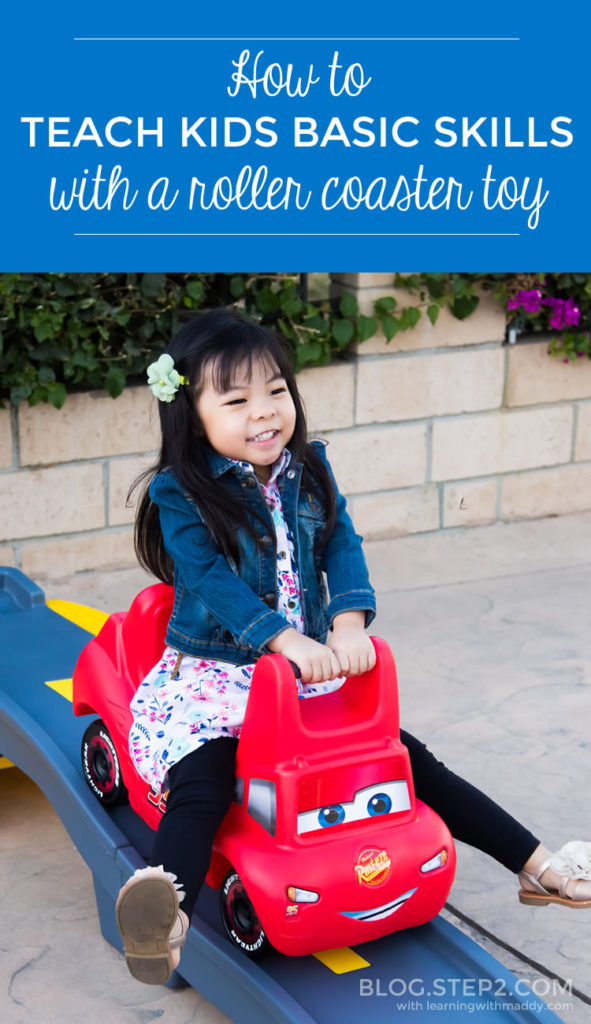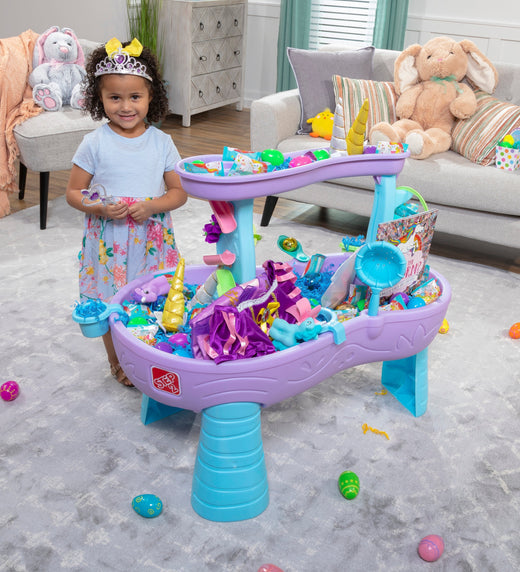
Kids roller coaster toys are a great tool to help kids learn basic social and safety skills, and help younger children find their voice. Step2 recently introduced the Disney Pixar© Cars 3 Roller Coaster for children ages 2-5, so we put it to the test and discovered some fun ways you can use roller coasters to teach through play!
1. Taking Turns and Waiting: Everyone wants to ride the roller coaster! This is a great way to start teaching how to take turns as well as how to wait on a smaller scale. Start off with two people taking turns, then gradually add another child, then another. Let the children know they are waiting for their turn nicely! This is a great way to prepare them for waiting in line at a theme park!
2. Fill-in-the-Blank: For children just finding their voice and words, have them fill-in-the-blank when they’re ready to go. Start by saying READY, SET, GO the first few times before giving them a gentle push to make them go. After a while, pause before saying “GO” so they can either make the G-sound or simply say the word “GO” – and as soon as they say it, give them a gentle push to go.

3. Expanding Sounds/Vocabulary: Again, for the younger ones finding their voice, pair a word each time your child is sitting on the roller coaster car such as “push” right before you gently give him/her a gentle push to go. After a while – wait a few moments before pushing to give your child the opportunity to request a push on their own. Once they say the Puh (P-sound) or the full word “push” – give them a push (it may even be their first word!).
4. Basic Safety Skills – For children who can go on their own, hold up a red paper/flag or handmade stoplight/stop sign to indicate they cannot go yet. Once you wave the green paper/flag or handmade green light sign, allow them to go. This is a simple way to teach red means stop and green means go.

This post was written by Jenna Almirol at www.learningwithmaddy.com. Jenna has a BA in Psychology and a MA in Counseling Psychology. She currently works full-time as a Clinical Supervisor, primarily with children diagnosed with ASD.


